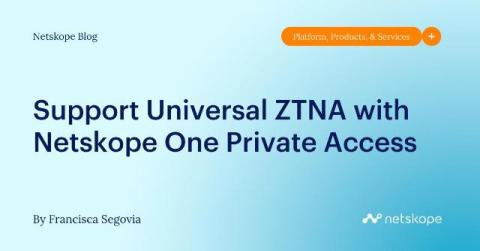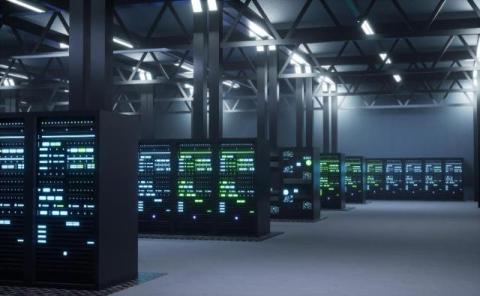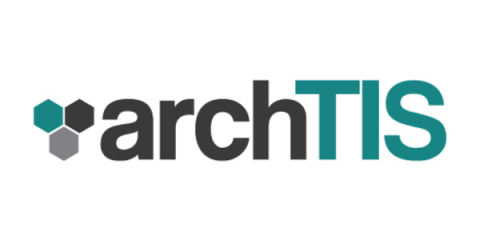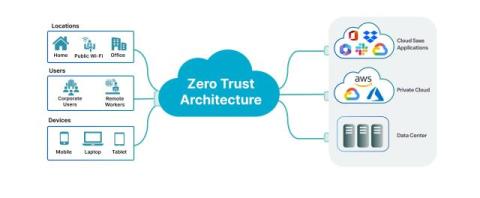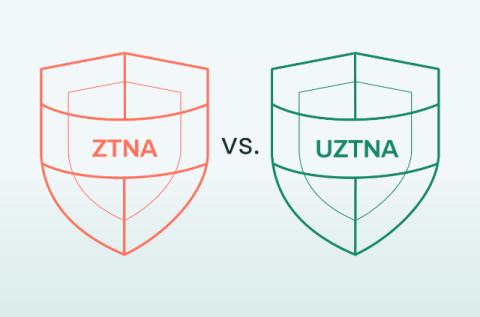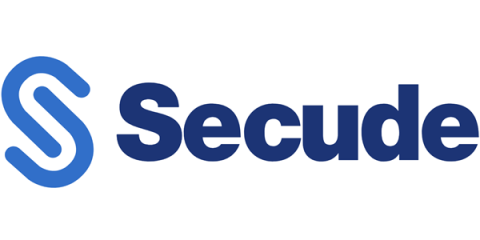The Role of Security Configuration Management in Achieving Zero Trust Security Architectures
Zero Trust is a network security model that dictates that no one or no system should be trusted by default and that every attempt to access a network or application is a threat. For those who are naturally trusting of others, this concept is difficult to accept. However, distrusting every entity on a network until it has been verified is imperative today.




